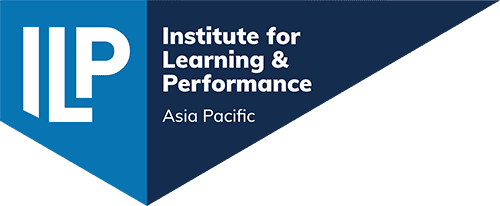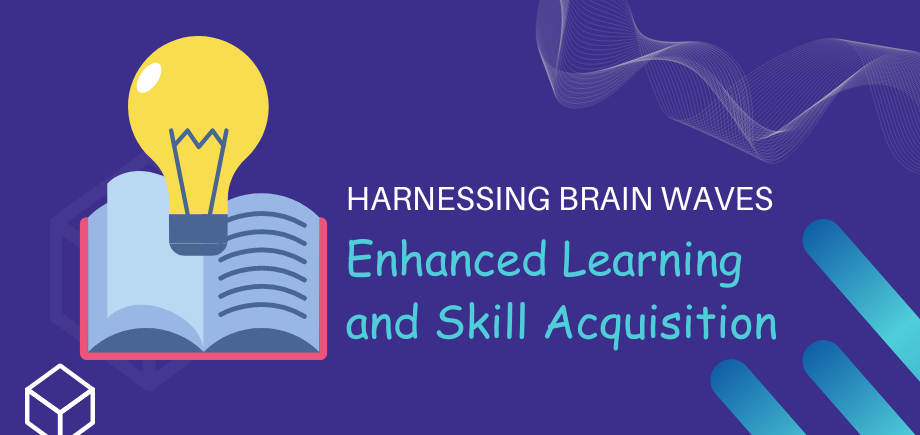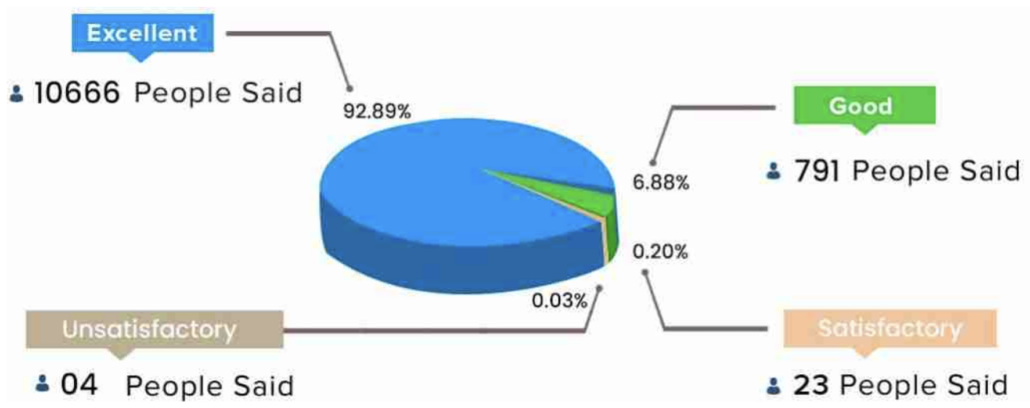Neurofeedback Training: Harnessing Brain Waves for Enhanced Learning and Skill Acquisition
As Learning and Development professionals, we are constantly seeking innovative techniques to enhance training program effectiveness. One emerging approach that holds tremendous potential is neurofeedback training, which leverages the power of brain waves to optimise learning and skill acquisition. In this article we will delve into the concept of neurofeedback training, explore its practical applications, and provide valuable tips for implementing neurofeedback programs in your training initiatives.
Understanding Neurofeedback Training
Neurofeedback training is a non-invasive technique that allows individuals to gain self-regulation of their brain activity. By providing real-time feedback on brain wave patterns, neurofeedback enables participants to modify their brain activity and optimise cognitive performance. The primary goal is to enhance specific brain states associated with attention, focus, relaxation, creativity, and overall learning ability.
Practical Applications of Neurofeedback Training:
- Attention and Focus Enhancement: Neurofeedback can be used to improve attention and focus, which are of course crucial factors for effective learning. By training participants to increase their concentration levels, you can help them overcome distractions and achieve higher productivity.
- Stress Reduction and Relaxation: Stress and anxiety often hinder learning and skill acquisition. Neurofeedback training can assist in reducing stress by promoting relaxation and the development of healthy coping mechanisms. Incorporating stress reduction techniques can create a conducive learning environment and improve information retention.
- Cognitive Performance Optimisation: Neurofeedback can enhance cognitive performance by targeting specific brain wave patterns associated with memory, problem-solving, and creativity. By tailoring the training to focus on these areas, you can help learners unlock their full intellectual potential.
- Emotional Regulation: Emotions play a significant role in learning and memory. Neurofeedback training can aid in emotional regulation by targeting brain wave patterns associated with emotional states. This training can enable individuals to manage their emotions effectively, leading to improved learning outcomes.
Tips for Implementing Neurofeedback Training Programs:
- Define Clear Objectives: Identify the specific goals you want to achieve through neurofeedback training. Determine the brain wave patterns or cognitive states you wish to enhance and design the training program accordingly.
- Select Appropriate Equipment: Invest in high-quality neurofeedback equipment that offers real-time feedback and precise measurement of brain wave activity. Consult with experts or reputable suppliers to ensure you acquire reliable tools.
- Individualise Training Programs: Tailor the neurofeedback training programs to the unique needs of your learners. Consider factors such as age, skill level, and training objectives to create personalised experiences.
- Provide Professional Guidance: Neurofeedback training requires the expertise of trained professionals, such as neurofeedback practitioners or psychologists. Collaborate with experts to develop and administer the training program effectively.
- Track Progress and Adjust Accordingly: Regularly monitor the progress of participants throughout the neurofeedback training. Use objective measures, such as pre and post-training assessments, to evaluate the impact of the program. Based on the results, make necessary adjustments to optimise the training experience.
Resources for Implementing Neurofeedback Training:
- Neurofeedback Equipment: Companies like Neurofeedback Australia, BrainMaster Technologies, Neuroptimal, and Thought Technology offer a range of neurofeedback equipment suitable for training purposes.
- Professional Associations: Organisations such as the International Society for Neurofeedback and Research (ISNR) and the Biofeedback Certification International Alliance (BCIA) provide valuable resources, research articles, and training opportunities.
- Training Programs and Courses: Several institutions and organisations offer training programs and courses for professionals interested in becoming neurofeedback practitioners. Explore options such as those provided by the Australian Neurofeedback Institute, EEG Institute, and Neurofeedback International Academy.
Neurofeedback training holds immense promise for Learning and Development professionals seeking to optimise training programs. By harnessing the power of brain waves, neurofeedback can enhance attention, focus, relaxation, cognitive performance, and emotional regulation. By following the practical considerations and utilising the resources outlined in this article, you can incorporate neurofeedback training effectively into your training program development, fostering enhanced learning and skill acquisition among your learners. So, let’s embark on this exciting journey of unlocking the untapped potential of the human brain!





